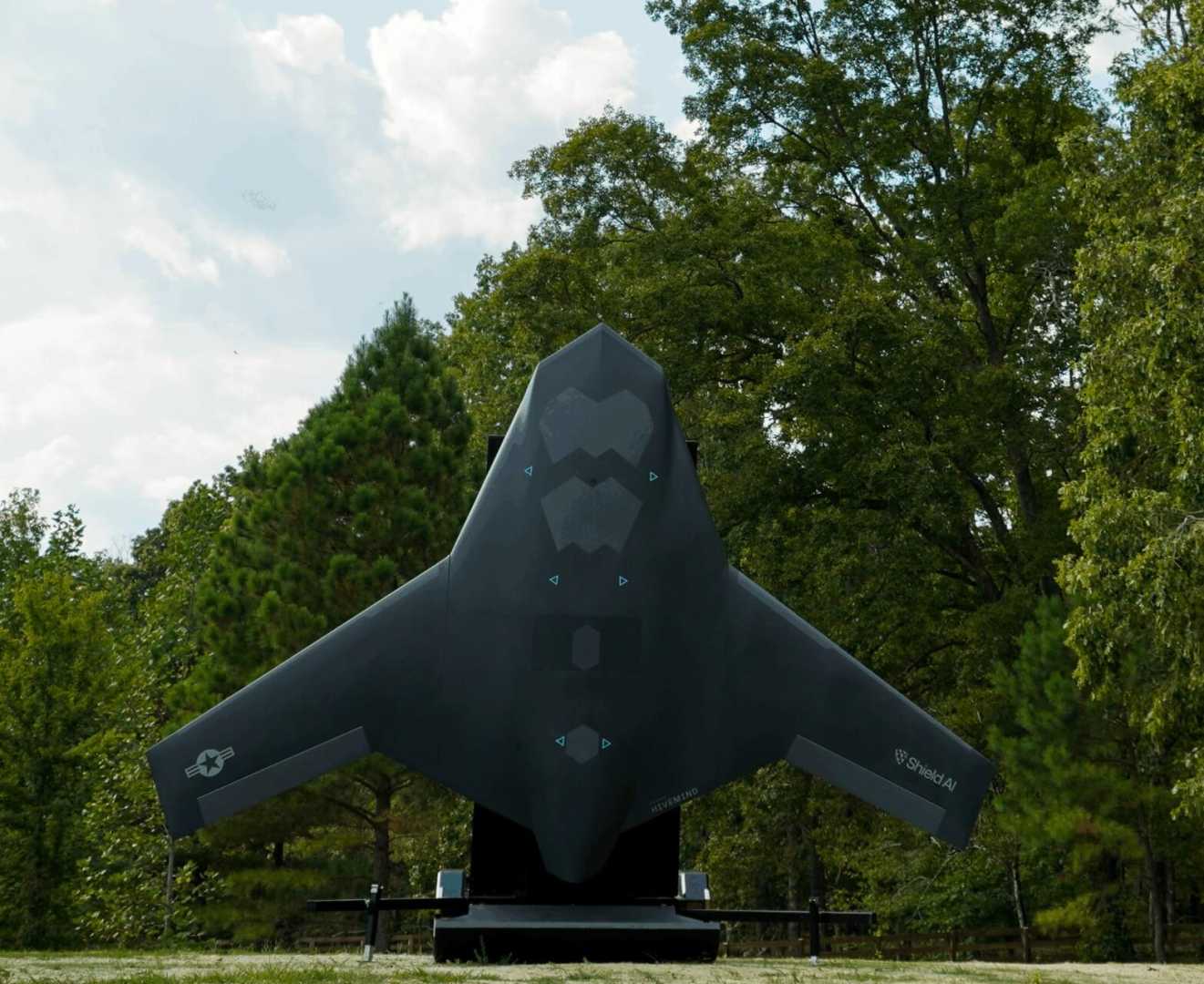News
New AI-Piloted Fighter Jet Promises to Transform US Air Combat

San Diego, California – A San Diego-based defense technology firm has unveiled a revolutionary AI-piloted fighter jet capable of operating without traditional ground support. Shield AI introduced the X-BAT, designed to take off vertically and execute missions without relying on runways or constant communication links.
Armor Harris, Shield AI’s senior vice president of aircraft engineering, emphasized the urgency of the new technology during an interview with Fox News. He pointed out that China has developed strategies to target American fighter jets on the ground before they can even take off.
According to Harris, “China has built this anti-access aerial denial bubble that holds our runways at risk.” The X-BAT offers a solution to this challenge by being able to operate from various locations, including ships and small islands, where traditional jets cannot. The compact design allows three X-BATs to fit in the space of one conventional aircraft.
The jet can ascend to 50,000 feet and travel over 2,000 nautical miles. Its onboard autonomy system, known as Hivemind, equips it to engage in strike or air defense missions in denied environments. Harris explained that the system allows the X-BAT to interpret its surroundings and reroute in response to threats in real time.
While the X-BAT operates independently, the human element remains crucial. Harris insisted, “It’s very important to us that a human is always involved in making the use of lethal force decision.” This ensures that a human decision-maker is present, whether in the cockpit or remotely.
Shield AI plans for the X-BAT to be combat-ready by 2029, offering fifth- or sixth-generation performance at a fraction of the cost of manned aircraft. The company estimates a tenfold improvement in cost-effectiveness compared to traditional fifth-generation jets like the F-35.
Discussions with the U.S. Air Force and Navy about integrating the X-BAT into future combat programs are already underway, with several allied militaries also interested in joint development opportunities. Harris believes this represents a broader shift towards unmanned systems in air power, likening it to the advances made in satellite technology by SpaceX.
As evolving military strategies and technological innovations shape the future of U.S. defense, the debate over how best to maintain aerial superiority continues.












